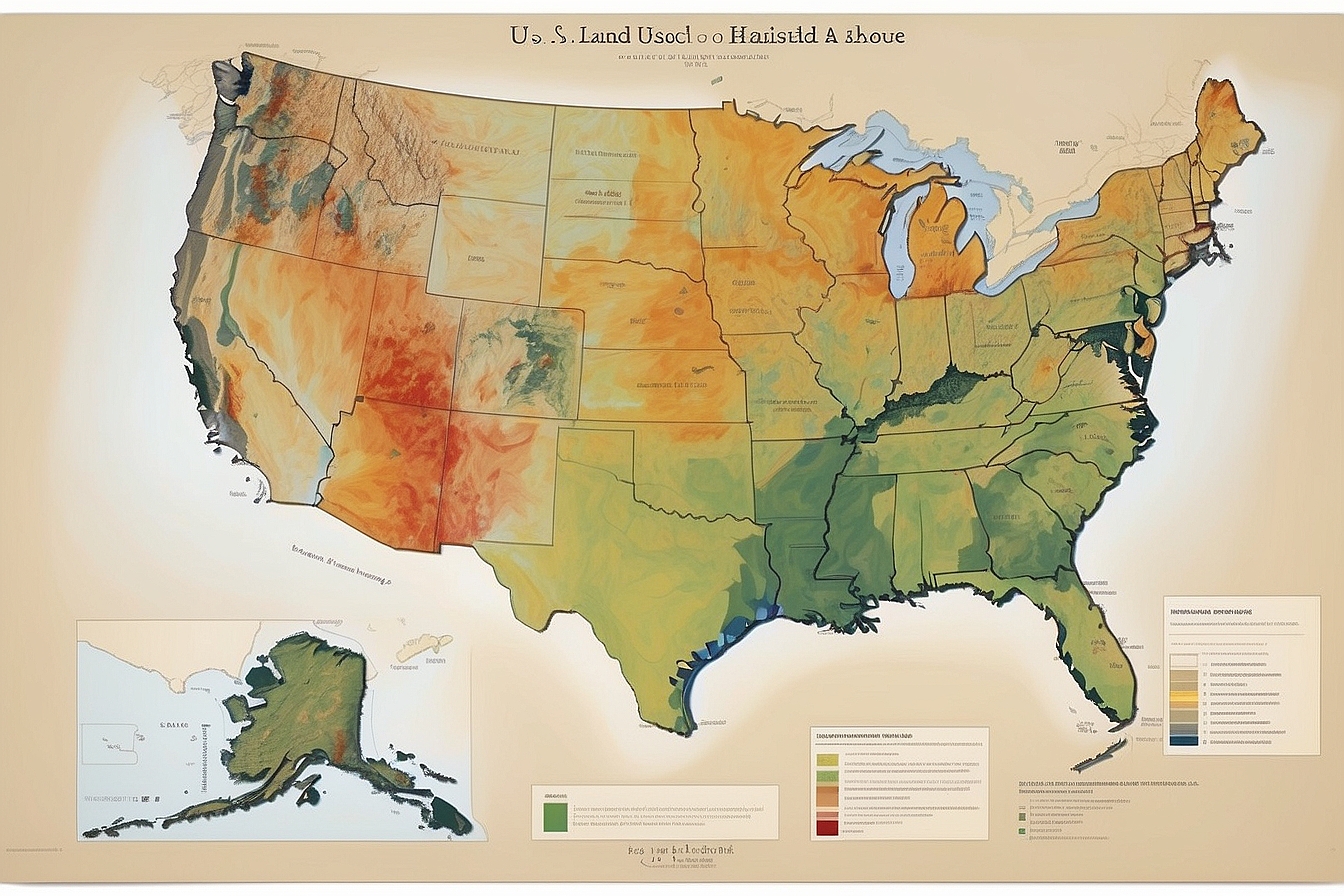Flooding doesn’t just ravage landscapes; it tears at the very fabric of our communities, a harsh reality that many of you have experienced firsthand. Together we’ve witnessed the aftermath and shared in the collective resolve to rebuild.
As our research unveils, floods wreak havoc globally, inflicting over $40 billion in damage each year. Yet amidst this turmoil, we’ve discovered that sometimes the most potent defence lies beneath our feet – the earth itself.
Join us as we delve into how Mother Nature’s own defences can help safeguard our homes and heritage from flooding’s relentless grip. Let’s explore these natural bulwarks together – read on and be enlightened!
Key Takeaways
- Natural floodplains absorb excess water and reduce the severity of floods, protecting downstream areas by slowing runoff and preventing soil erosion. Preserving these landscapes is crucial for effective flood mitigation.
- Risk-informed land-use planning helps to position developments away from high-risk zones, making communities less vulnerable to flooding. Effective policies and regulations are needed to guide sustainable development in line with climate change impacts.
- Cooperation with local communities ensures that their knowledge is included in flood management strategies, fostering resilience and improving the effectiveness of land use planning against climate-induced flooding.
- Utilising green spaces within urban planning can provide natural solutions for floodwater retention and help control erosion while preserving biodiversity and ecosystem health.
- Strategic management of land resources by prioritising ecological sustainability can lead to innovative approaches that both mitigate flood risks and ensure the responsible stewardship of our environment.
The Role of Land in Flood Mitigation: Opportunities and Challenges
Land plays a crucial role in flood mitigation, offering opportunities to naturally manage the impact of floods. However, it also presents challenges such as maintaining natural floodplains and sustainable land-use planning in the face of climate change.
Natural Floodplains
We recognise the integral role natural floodplains play in flood mitigation. These areas next to rivers and streams absorb excess water like a sponge, reducing the impact of floods downstream.
By acting as a buffer zone, they slow down runoff and minimise soil erosion. Floodplains provide an essential service by naturally regulating water flow and protecting aquatic ecosystems.
Our efforts must include preserving these vital landscapes. We advocate for policies that restrict development on natural floodplains, ensuring their ability to function effectively.
Encouraging land trusts and promoting environmental protection helps maintain the natural buffering capacity of these areas against climate-induced flooding. In doing so, we not only safeguard our communities but also contribute positively to watershed management and biodiversity conservation.
Land-Use Planning
Land-use planning plays a crucial role in mitigating floods and reducing the impact of climate-induced flooding. It involves making informed decisions about how to best use land, taking into account flood risk and ensuring that development is located in areas less prone to flooding.
By implementing effective land-use policies, we can manage river basins and coastal areas in a way that reduces the vulnerability of communities to flooding. This includes development regulations, runoff management, and infrastructure protection measures to enhance flood control and erosion management while promoting sustainable development.
Risk-informed planning also involves considering the impacts of climate change on flood risk management. By integrating water management with urban planning, we can create resilient communities better prepared for natural disasters.
The Importance of Risk-Informed Land Use Planning
We must prioritise risk-informed land use planning in order to protect lives and homes from the devastating effects of flooding. By cooperating with local communities, we can effectively utilise land and natural resources to mitigate the impacts of climate-induced flooding and erosion.
Protecting Lives and Homes
Protecting lives and homes in flood-prone areas is crucial for sustainable development. Implementing risk-informed land use planning enables the identification of high-risk zones, ensuring that residential settlements are situated in safe areas.
Collaboration with local communities fosters awareness and active participation, which is essential for creating effective flood management strategies. Utilising land and natural resources can provide additional support by optimising the use of green spaces for floodwater retention and erosion control.
The preservation of ecosystems like wetlands also plays a vital role in reducing the impact of climate-induced flooding on surrounding communities. Embracing these approaches guarantees holistic protection against floods while promoting community resilience to future climate change impacts.
Cooperation with Local Communities
Having ensured the protection of lives and homes, cooperation with local communities becomes integral in effective flood mitigation. Engaging with community members and local authorities fosters a sense of collective responsibility for implementing risk-informed land use planning and floodplain management.
By involving the local populace in decision-making processes, it ensures that their concerns are addressed, and their knowledge is utilised effectively to adapt to climate-induced flooding.
Engagement with local communities also facilitates the dissemination of information on land use policy and climate change adaptation strategies. This collaboration not only empowers individuals to take proactive measures but also allows for the utilisation of traditional ecological knowledge in harmonising conservation efforts with sustainable land use practices.
Utilisation of Land and Natural Resources.
Effective utilisation of land and natural resources is crucial for successful flood mitigation strategies. By strategically managing land use, especially in flood-prone areas, we can help reduce the impact of climate-induced flooding.
This involves implementing sustainable practices such as preserving natural floodplains, which act as a buffer during heavy rains and absorbing excess water. Additionally, employing risk-informed planning approaches within land-use policies can help identify suitable areas for development while protecting critical ecosystems.
Furthermore, incorporating green infrastructure into urban planning can aid in minimising runoff and enhancing water absorption. Through collaboration with local communities and stakeholders, we can create innovative solutions that not only reduce flood risk but also promote responsible use of our natural resources.
Conclusion
In conclusion, land plays a crucial role in mitigating floods. Natural floodplains and informed land-use planning offer opportunities to reduce the impact of climate-induced flooding.
Protecting lives and homes through cooperation with local communities is essential for effective risk-informed planning. Utilising land and natural resources wisely can help us build resilience against future flood events.
FAQs
1. What is the role of land in preventing floods?
The role of land in flood mitigation involves using risk-informed land use planning to reduce the impact of climate-induced flooding.
2. How does land use policy help with flood control?
Land use policies, when informed by risks, guide where and how development should occur to minimise the effects of flooding on communities and the environment.
3. Can we stop all floods by managing land properly?
While proper management of land through risk-informed planning can significantly lessen flood damage, it cannot completely stop all climate-induced flooding events.
4. Why is it important to consider future climate conditions in land-use plans for flood mitigation?
Considering future climate conditions ensures that areas at risk are identified early, allowing for smarter decisions regarding construction projects and ultimately reducing vulnerability to floods.





